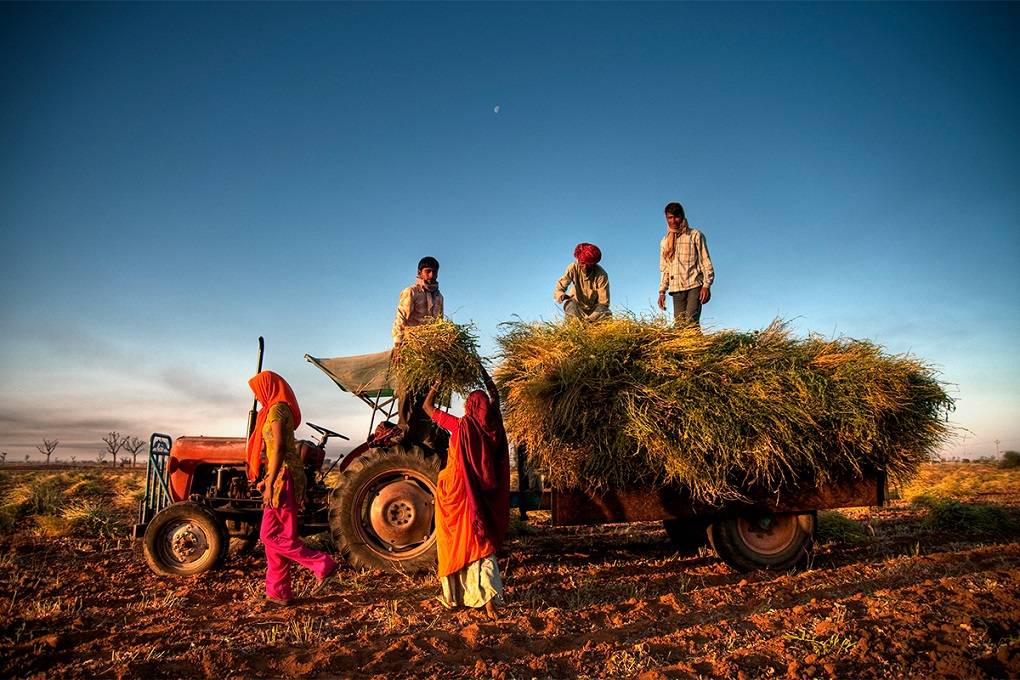
The ever-growing population and escalating climate crises have affected agricultural practices around the world. In order to cope with such adverse conditions, the agricultural industry has to find a way to produce more food with fewer available resources. 5G internet, along with Artificial Intelligence and the Internet of Things are technologies that are expected to address such adverse issues.
According to experts, 5G will make many technologies available to farmers. For instance, autonomous drones and a large network of data-collecting sensors can scan the crops and fields to monitor the conditions more accurately. By using the data collected by these scanners, farmers will be able to adjust their irrigation systems and apply weedicides and pesticides with precision.
5G is expected to improve the effectiveness of farming practices, thereby, meeting the global food demand for a growing population. 5G-enabled solutions are expected to ease the agricultural industry into a modern era of agriculture that uses smart farming practices that reduce wastage and increase the quality and quantity of yield.
Ways in which Indian Agriculture can Harness the Power of 5G
Irrigation and water management- The availability of groundwater and rainfall prediction has been seriously affected by climate change. However, smart farming practices can help small and medium farmers overcome water shortages and drought-like conditions. For instance, sensors embedded in the soil, along with drones can capture valuable data about moisture levels and can highlight problem areas. Once this data is processed by machine learning algorithms, they will highlight to the farmers which part of the field needs to be watered the most. 5G internet speed will improve the transmission of such large data sets easily.
Variable Rate Technology (VRT)- Variable Rate Technology or VRT uses 5G-powered sensors to measure the soil’s properties along with the crop’s characteristics in real-time. The data collected by this tool is then calculated to indicate the quantity of fertilizer, water, or pesticide that is required. This tool will help the farmer increase production, save money on pesticides and fertilizers, and conserve the environment by only using what’s necessary.
Livestock Management- Collars with sensors could continuously monitor the health of the livestock and track their movements. They will alert the farmer if something didn’t seem right as well. Such trackers can also ensure that the cows are only milked when they are ready to be milked. For such sensors to work properly, they’ll require low-latency and high-volume networks that only 5G can deliver.
Accurate and timely weather forecasting- Using 5G to ascertain the changing weather patterns will help farmers overcome water scarcity and dry spells by using their resources more efficiently. The accuracy and speed with which 5G technologies will be able to gather data will help farmers react to weather events quickly and avoid crop damage.
Supply chain efficiency- The Agritech industry in India is currently working on leveraging 5G internet and technologies to develop integrated solutions that will offer farmers real-time wide market access, market linkages, standardisation in quality, access to storage, access to finance, and vital business insights for improvement in post-harvest period. 5G technologies will also help the farmers utilize the price differences between off-and-on-season produce to increase rural farm incomes, along with connecting them to retailers, traders, and exporters that are willing to buy their produce.
Conclusion
5G technologies will help maintain the natural conditions conducive to the plants and aims to reduce the cost of cultivation, wastage of resources, and electricity charges.
















